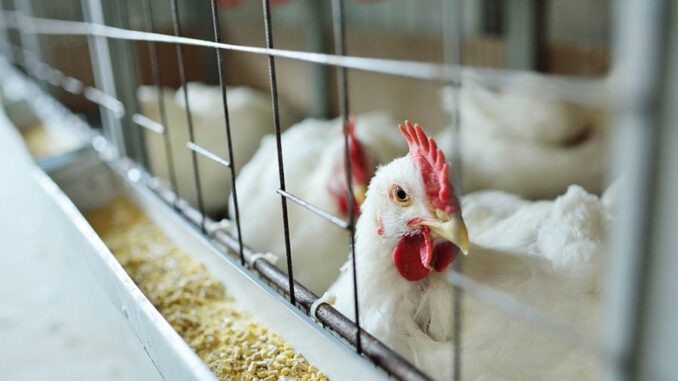
A team of researchers from Chinese and British scientific institutions has discovered that a variant of the H3N8 bird flu virus has undergone multiple mutations that could cause a dangerous respiratory disease that poses a threat to human health, the University of Nottingham reported on Monday. kingdom).
H3N8 is a pathogen that commonly affects poultry on farms in China, but several cases of infection in dogs, horses and seals have also been documented.
Chinese health authorities confirmed two cases of H3N8 infection in humans last year, despite evidence that transmission of the pathogen occurs especially among animals. On the other hand, on March 16, the first human death from this infectious microorganism was recorded.
New variants of H3N8
Research recently published in the journal Cell shows that new variants of H3N8 are able to efficiently infect and replicate in epithelial cells of the human respiratory system, specifically the bronchi and lungs.
Thus, H3N8 mutational changes were observed in mice and ferrets previously infected with H3N8 virus samples collected from patients with severe pneumonia.
The scientists revealed that the new variant caused severe disease in animal models and confirmed that it can spread between animal models through the air. The results obtained have also raised concerns about the possible spread of H3N8 bird flu, which would pose a danger to humans, as this variant may be resistant to the H3N2 flu vaccine.
However, Liu Jinhua, a professor at China Agricultural University, reiterated that if the “bird flu virus” is to be adaptable and transmissible among “new mammals or humans”, some obstacles must be overcome, such as “drug resistance”, until now There is no “earning”.
Likewise, experts commented that changes related to “acid resistance of novel H3N8 viruses” should be monitored. Those infected could develop acute respiratory distress syndrome, a life-threatening lung disease that prevents oxygen from reaching the lungs and blood, the study authors said. However, until now, it was unclear how the virus jumped from animals to humans.

